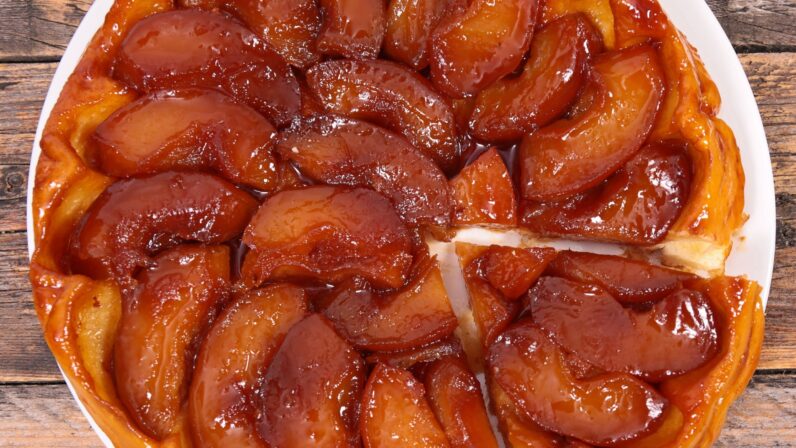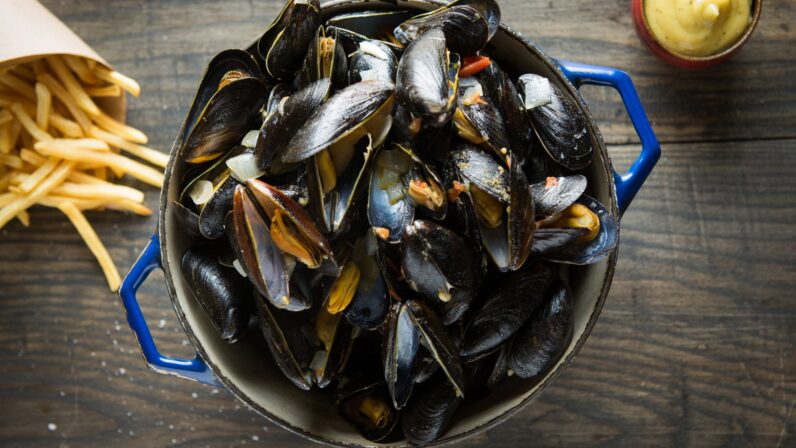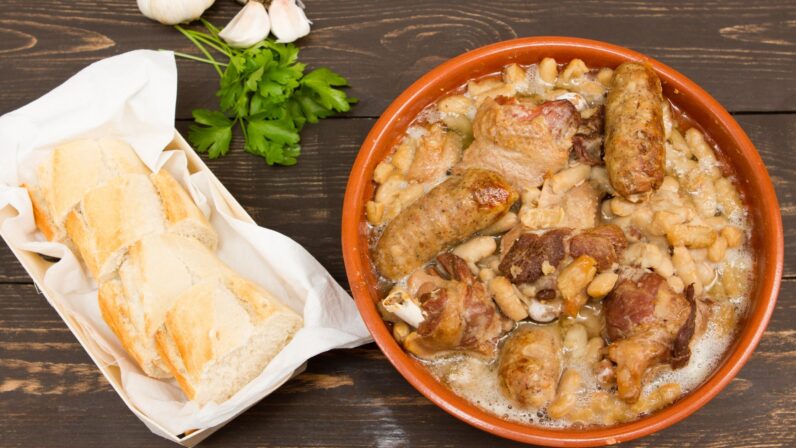Title
Description
Text here...
Ingredients
Text here...

Like the majority of the world, the French enjoy three meals a day these include Breakfast, le petit déjeuner, lunch, le déjeuner (lunch), and le dîner (dinner). Unlike countries such as the UK, Canada and the USA, the French actually savour and enjoy their meals, they don’t gulp down a Big Mac or eat at their desks. They are legally entitled to take a standard lunch break from 12-2 which is why you will find many a shop closed during these times.






In France, the main difference between cafe and restaurant is the level of formality. A cafe is usually casual, and it usually serves very simples dishes. I would say cafes are the most casual of French eateries (besides chains like Starbucks or McDonalds, which I’m not really including in this article). Restaurants are normally more formal, serving full dinner menus. The difference between restaurant and bistro is less drastic- a bistro is another casual restaurant, but you can expect slightly better food options here than at a cafe normally.
So, now that you know what you can expect at cafes, restaurants, and bistros in France, what’s the difference between a bistro vs brasserie? A brasserie is a restaurant that serves simple, casual food, just like a bistro. The naming distinction between the two eateries mostly can be attributed to the days when brasseries served alcohol and bistros did not (but now, you’d be hard-pressed to find an eatery in France that didn’t serve alcohol). Food-wise, you can expect fairly similar menus, so there’s really not a huge difference between a bistro vs brasserie these days, but both are staples are French food culture!
Every French food journey begins at the market. Most cities and large towns feature a market at least twice a week, sometimes every day. Smaller towns and villages have a market once a week. Some of these markets date back for centuries: one, on the Ile de Ré in western France, boasts that the market has been in existence since the 14th century. In Paris, the Marché des Enfants Rouges dates from 1628.
Naturally, people have their favorite markets and favorite vendors. It’s not unusual to see a long queue, some 15-people deep, for a certain fromagier (cheese-maker), while another cheese vendor a few stalls down has only a few customers. The French take quality very seriously. They scrutinize the offerings carefully and ask questions about their intended purchase before buying.
To truly get to know “French food,” you have to know the regions. Despite the hoity-toity reputation that many French dishes have, most have humble origins – not created for kings, but for farmers and labourers. Now-famous regional specialties were largely based on the local products that were available at that time. That’s why you’ll find plenty of apple-based and dairy-heavy dishes in Normandy, a region rolling in apple orchards and dairy farms. In Provence, the cuisine features the olive oil that comes from the olive groves of the region.


